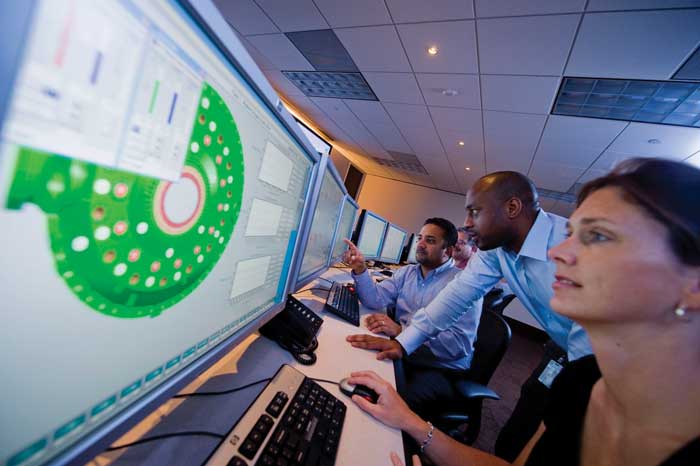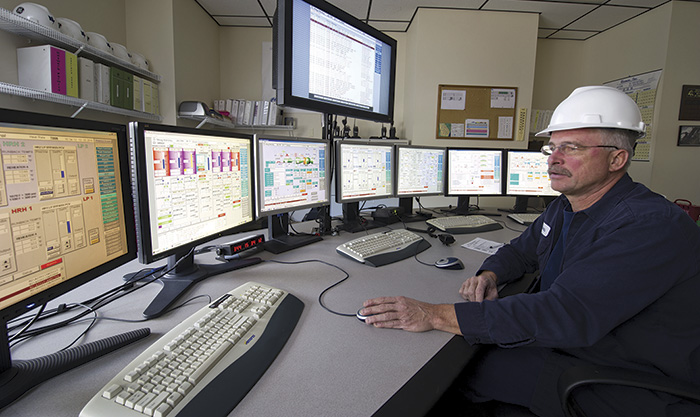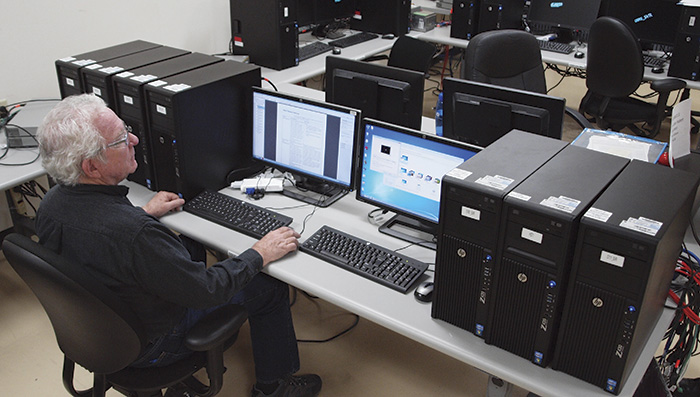In the past year, sophisticated cybersecurity attacks have demonstrated that a multitude of industries and organizations are at risk. Given the increased connectivity and associated risks, companies and plants from all industries must be aware of how each of their assets and actions impacts the security of their networks. Implementing advanced security technologies and practices is essential to a secure operation. For organizations with industrial control systems (ICSs), including those in the power generation and oil and gas industries, this is particularly critical. While the control network is a top operational priority, processes are tightly tied to many interactions with other networks, which can be infiltrated by a significant breach in an external—or even internal—system. Field devices and pump systems, which are often distant from the central control systems, pose even more risks by increasing the overall attack surface. Process control networks represent higher-risk technologies simply because they can be highly coupled. Being highly coupled, or interconnected, increases the likelihood of a lower-level incident cascading into a higher-level event. As a result, cybersecurity measures must be designed to break down the coupling dependence so negative events become more manageable.
 Image 1. In addition to safety threats, security breaches can lead to costly unplanned downtime. (Courtesy of GE)
Image 1. In addition to safety threats, security breaches can lead to costly unplanned downtime. (Courtesy of GE)Threats to Safe, Reliable Operations
Cybersecurity is primarily aimed at keeping process controls stable and preventing unanticipated changes. Cybersecurity incidents typically cause loss of view, control, operation or production, with different levels of consequence to an organization. The intersection of operational technology (OT) and information technology (IT) has improved efficiencies, but it has also posed greater risks. In the IT world, hacking a computer is unlikely to cause physical harm to the recipient of the attack, but in the OT environment, manipulating industrial assets through digital channels can cause serious damage. When cyberattacks cause loss of view, loss of control, or denial or modification of control, operators are no longer able to manage their process control networks and their most critical assets effectively and safely. This could lead to an inability to turn pumps on or off or monitor the pressure, flow rate or chemical composition of the pumped medium. As a result, those assets become a safety hazard to the surrounding environment. Image 2. It is crucial for companies with ICSs to understand how their assets affect security – and what solutions need to be implemented to maintain secure operations.
Image 2. It is crucial for companies with ICSs to understand how their assets affect security – and what solutions need to be implemented to maintain secure operations. Image 3. Cybersecurity threats often result in loss of view, control, operation production, which can lead to detrimental effects like the inability to turn pumps on or off or monitor pressure.
Image 3. Cybersecurity threats often result in loss of view, control, operation production, which can lead to detrimental effects like the inability to turn pumps on or off or monitor pressure.
